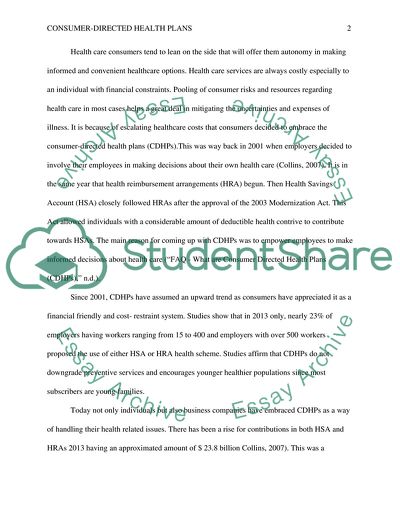Cite this document
(“CDHPs Assignment Example | Topics and Well Written Essays - 1750 words”, n.d.)
CDHPs Assignment Example | Topics and Well Written Essays - 1750 words. Retrieved from https://studentshare.org/health-sciences-medicine/1695028-cdhps
CDHPs Assignment Example | Topics and Well Written Essays - 1750 words. Retrieved from https://studentshare.org/health-sciences-medicine/1695028-cdhps
(CDHPs Assignment Example | Topics and Well Written Essays - 1750 Words)
CDHPs Assignment Example | Topics and Well Written Essays - 1750 Words. https://studentshare.org/health-sciences-medicine/1695028-cdhps.
CDHPs Assignment Example | Topics and Well Written Essays - 1750 Words. https://studentshare.org/health-sciences-medicine/1695028-cdhps.
“CDHPs Assignment Example | Topics and Well Written Essays - 1750 Words”, n.d. https://studentshare.org/health-sciences-medicine/1695028-cdhps.


